
AeroGenie — Uw intelligente copiloot.
Trending
Categories
Akasa Air Secures $125 Million in Funding

Akasa Air Secures $125 Million in Funding
Akasa Air has successfully closed a $125 million funding round, attracting prominent investors as it advances its ambitious goal of becoming one of the world’s top 30 airlines by the end of the decade. Initiated in February 2025, the funding round saw participation from investment firm Premji Invest, fund managers 360 ONE Asset and Claypond Capital, alongside additional capital from the airline’s principal stakeholder, the Jhunjhunwala family, according to reports from the Indian newspaper Business Standard.
Strategic Partnerships and Investment Details
While an Akasa Air spokesperson declined to disclose the precise investment figures or the stakes acquired, she highlighted the strategic importance of the new partnerships. “We do not disclose specifics of the transactions but focus on the quality of the investments and how the partnership further strengthens our financial foundation and locks in our growth for years to come,” she stated.
Prior to this round, entities associated with Claypond Capital owner and Manipal Group chairman Ranjan Pai, together with 360 ONE Asset, had sought approval from the Competition Commission of India in March to acquire stakes in Akasa Air’s parent company, SNV Aviation. At that time, the consortium had pledged $100 million, valuing Akasa at approximately $350 million.
Expansion Amidst a Competitive Market
This latest capital injection arrives as Akasa Air accelerates its expansion strategy within India’s fiercely competitive aviation sector, dominated by established carriers such as IndiGo. The airline faces considerable challenges in scaling operations, maintaining competitive pricing, and rapidly expanding its fleet. Industry analysts suggest that the substantial investment will likely invite heightened scrutiny from investors and market observers regarding Akasa’s growth trajectory and financial resilience. Concurrently, competitors may respond with strategic initiatives, including fleet upgrades and enhanced service offerings, to safeguard their market positions.
In August 2024, Akasa Air had announced plans to raise up to INR 84 billion (approximately $965 million) through a combination of equity and debt over three years. At that time, Rekha Jhunjhunwala, co-founder and widow of the late seed investor Rakesh Jhunjhunwala, was not expected to participate in the funding round.
Fleet Growth and Network Expansion
Currently, Akasa Air operates a fleet of 30 aircraft, consisting of 23 Boeing 737-8s and seven 737-8-200s, with orders placed for an additional 97 737-8-200s and 99 737-10s. The airline aims to expand its fleet to 226 aircraft by 2032. Since commencing scheduled operations in August 2022, Akasa Air has extended its network to 28 airports across six countries, including the United Arab Emirates, Saudi Arabia, Kuwait, Thailand, and Qatar.
As Akasa Air pursues its aggressive growth strategy, its success will hinge on effectively managing operational challenges and maintaining investor confidence amid intensifying competition in the regional aviation market.
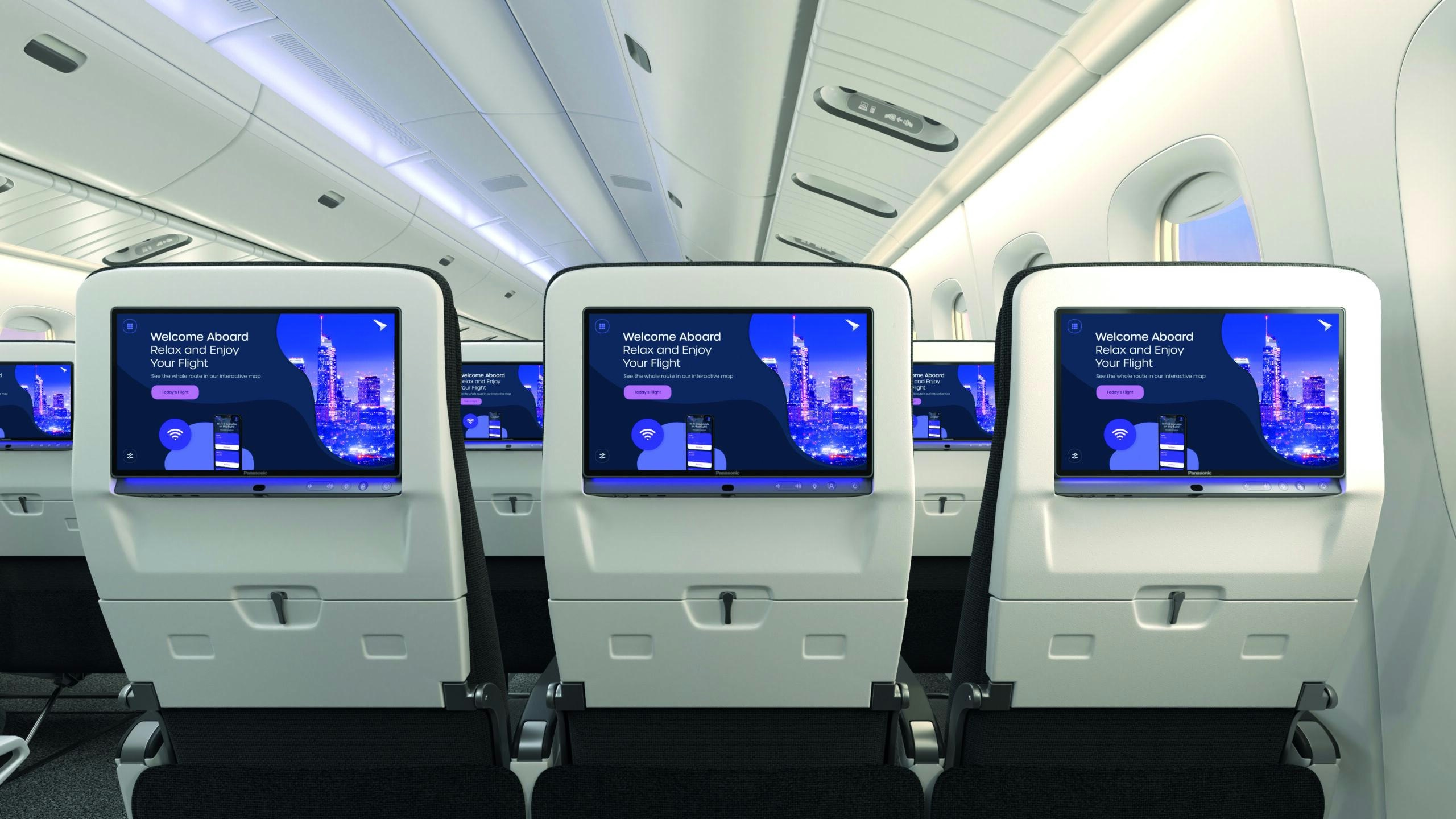
Alex Wilcox, Co-Founder and CEO of JSX, Redefines Regional Air Travel Through Customer-First Innovation
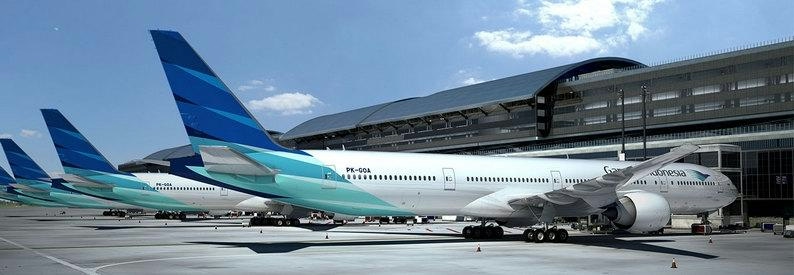
Garuda Indonesia MRO Unit Completes $332 Million Land Injection

India’s Aviation Growth Strains Hangar Capacity
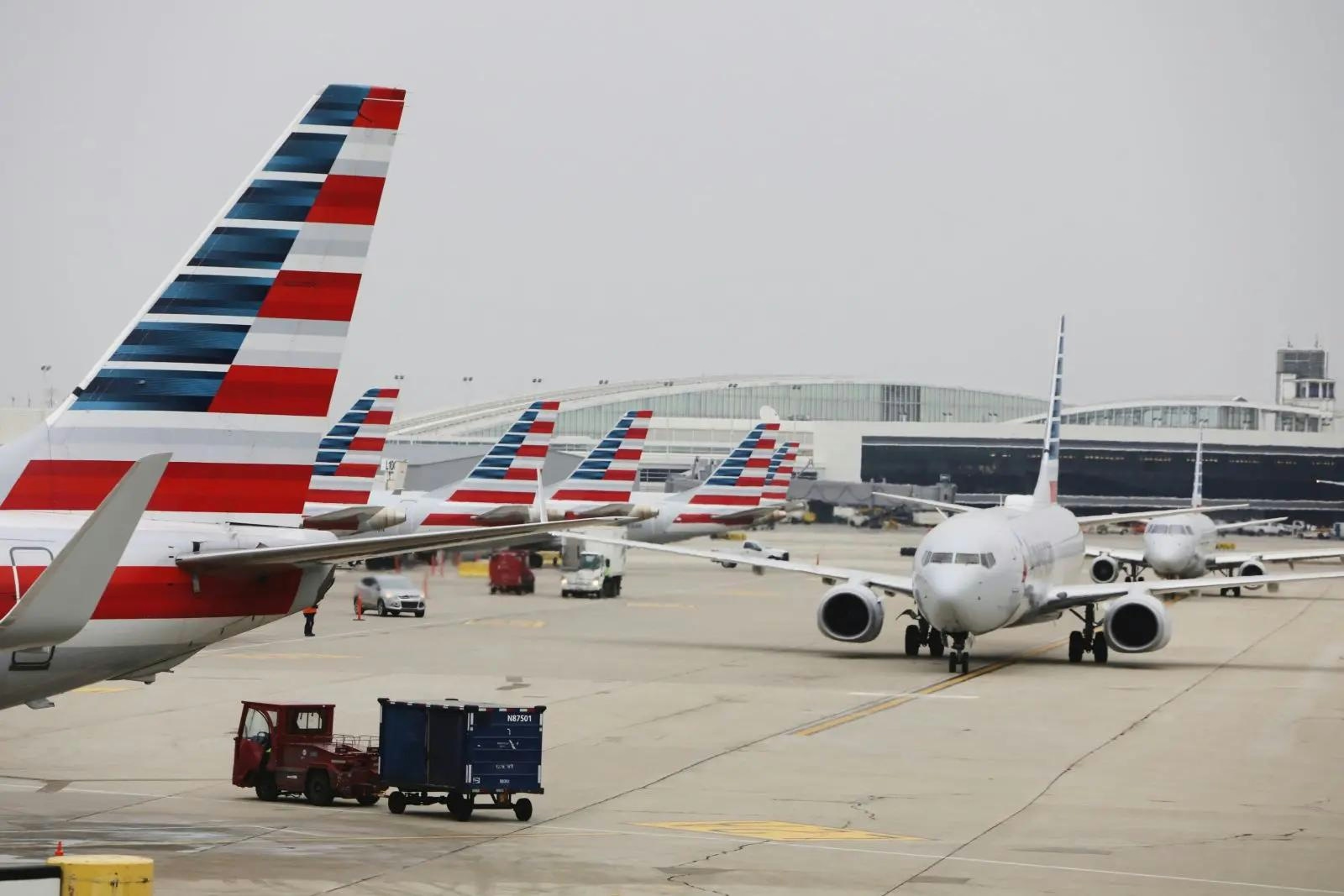
American Airlines Marks 100 Years of Flight with Centennial Events in 2026
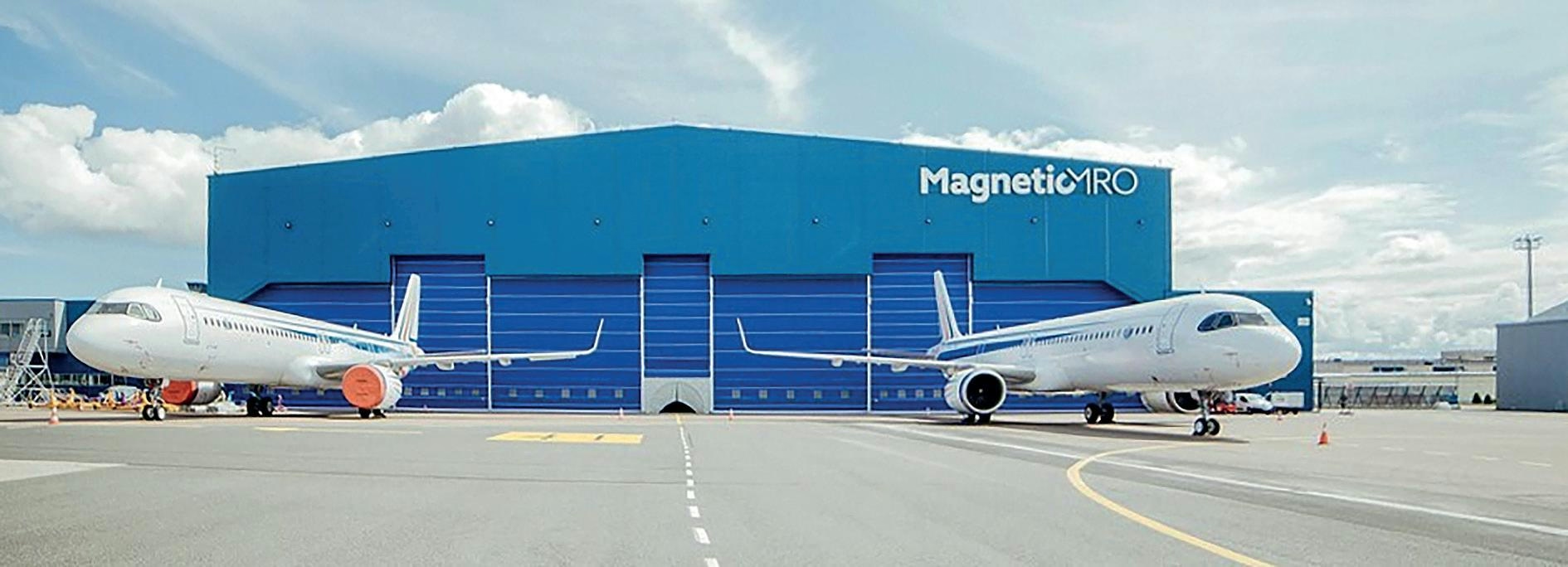
Thai Airways selects Trax and Aerostrat to drive its digital MRO transformation
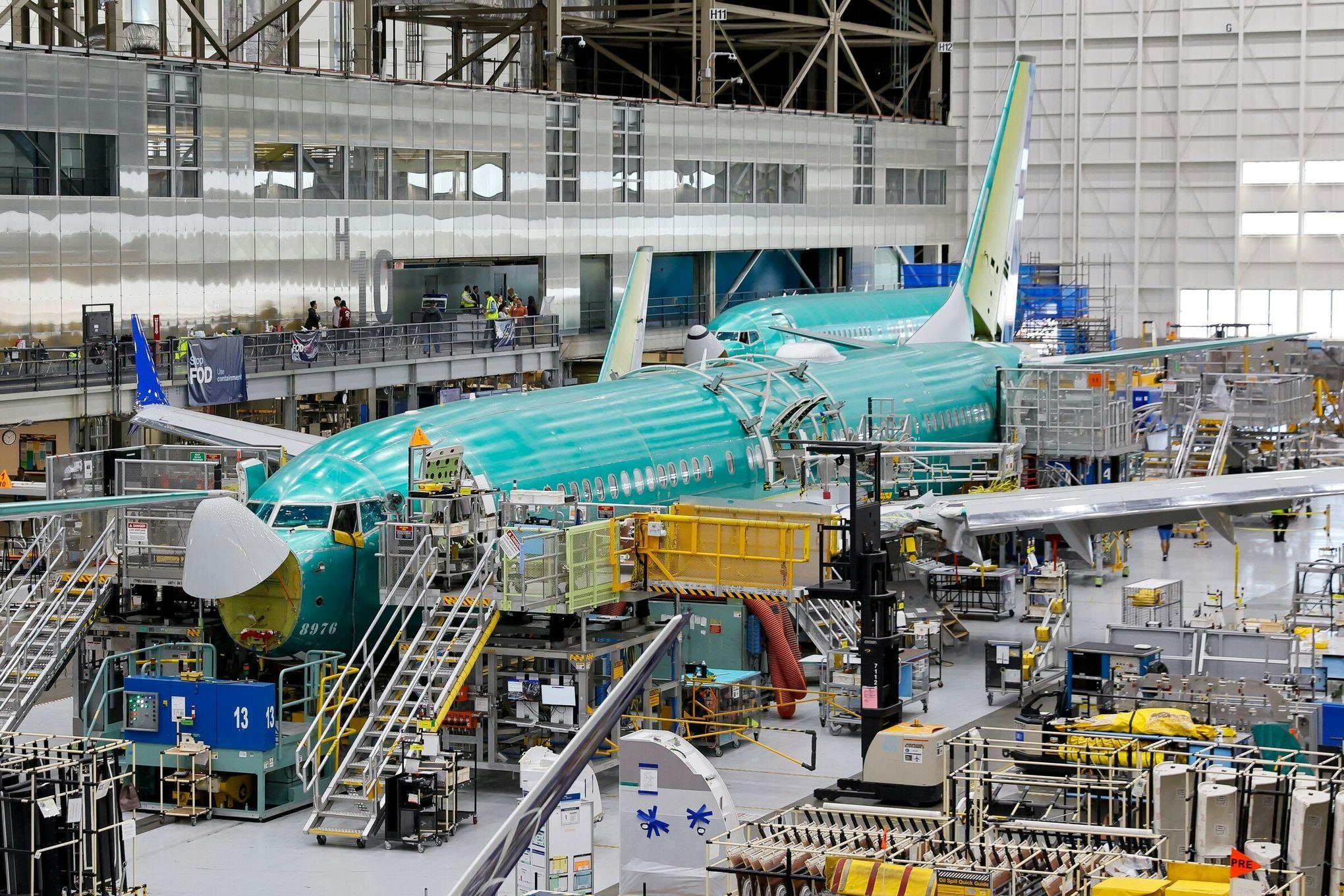
December 2025 Commercial Aircraft Production and Airbus and Boeing Deliveries
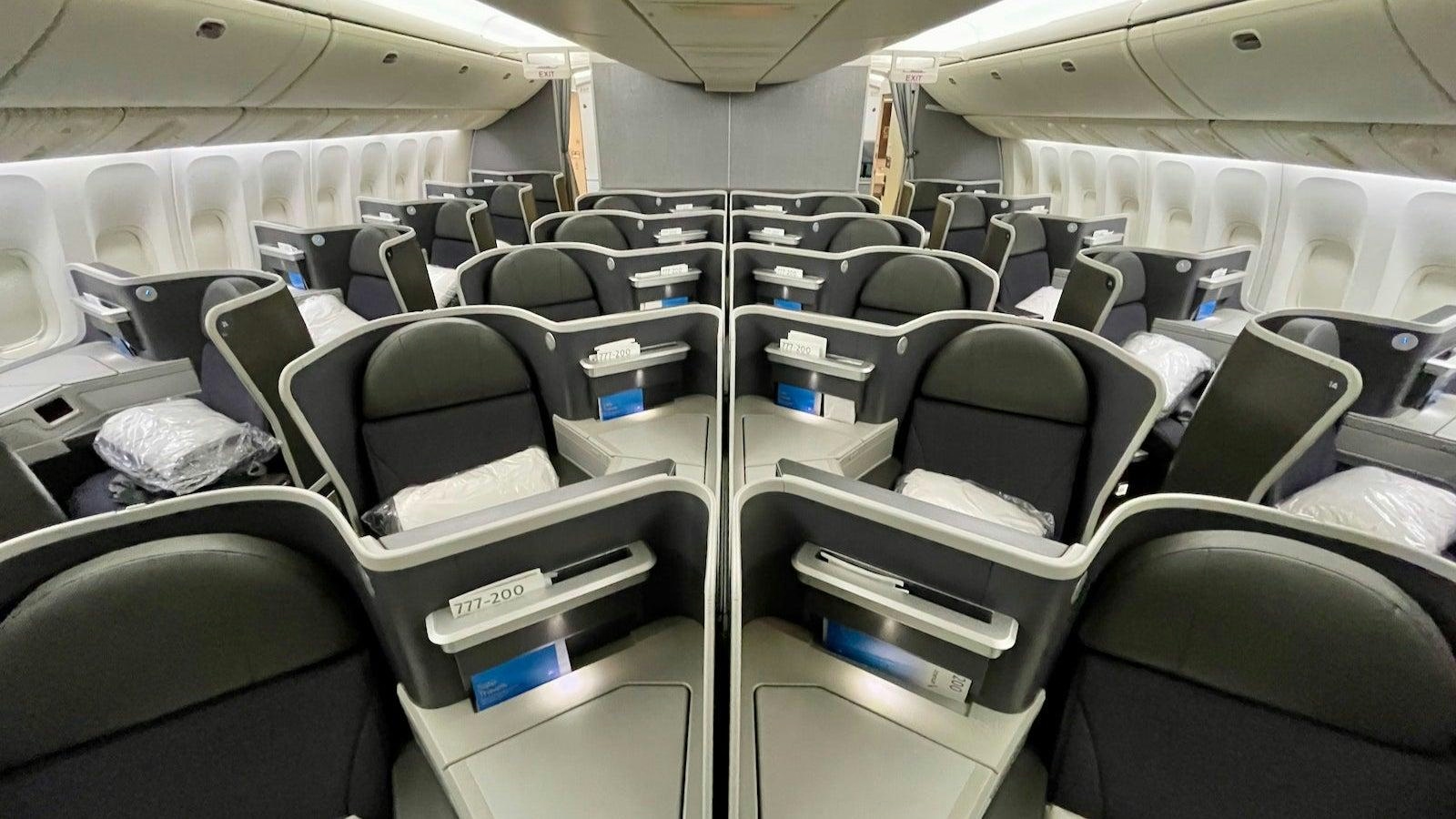
American Airlines Uses AI to Improve Family Travel Experience

Outlook for GE Aerospace in 2026
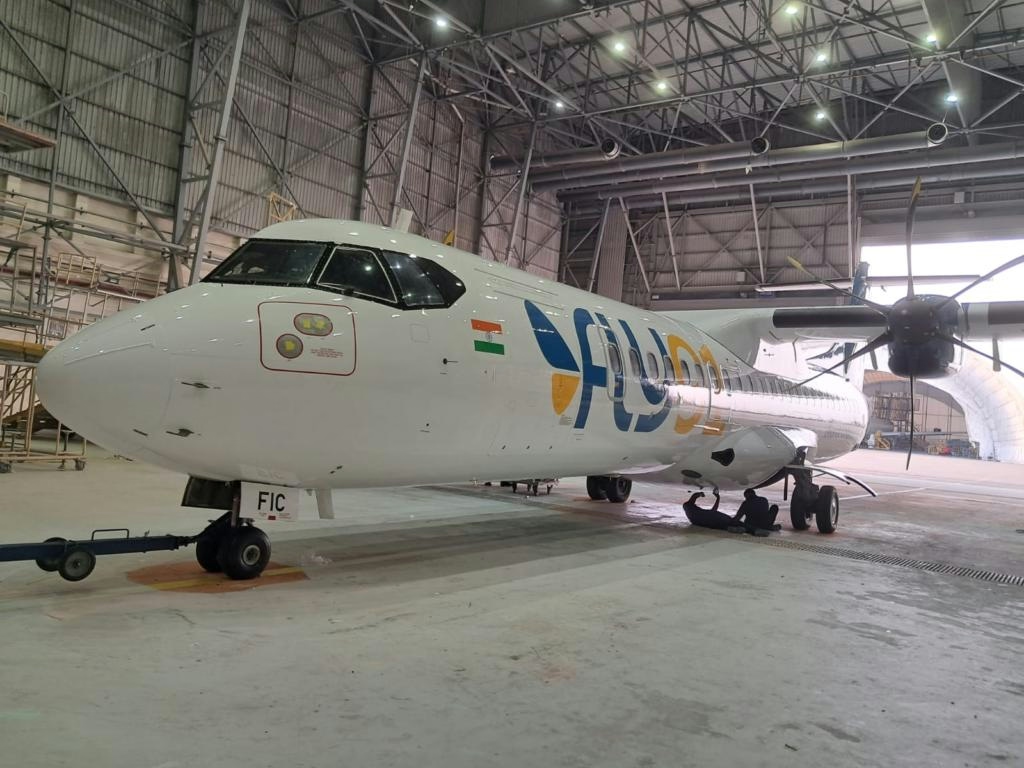
FLY91 Leases Two ATR 72-600 Aircraft from DAE to Expand Regional Network
